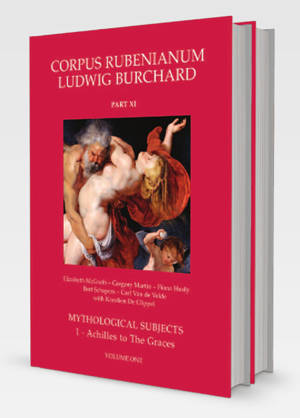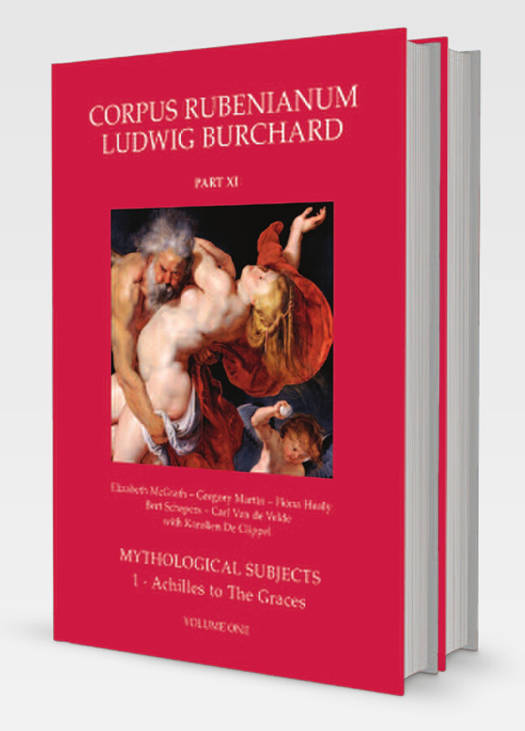
- Afhalen na 1 uur in een winkel met voorraad
- Gratis thuislevering in België vanaf € 30
- Ruim aanbod met 7 miljoen producten
- Afhalen na 1 uur in een winkel met voorraad
- Gratis thuislevering in België vanaf € 30
- Ruim aanbod met 7 miljoen producten
Zoeken
Mythological Subjects, A-G
Achilles to the Graces
Elizabeth McGrath, Gregory Martin, Fiona Healy, Bert Schepers, Carl Van de Velde
Hardcover | Engels
€ 291,50
+ 583 punten
Omschrijving
One remarkable feature of European culture as it developed in the Renaissance was the accommodation it made with ancient paganism. The classical gods and their legends were allegorised, transformed into symbolic figures or emblematic scenes that might accord with Christian morality. At the same time a secular space was created in art for the depiction of the most popular myths, above all the love stories recounted by the ancient poets. These stories were not only attractive in themselves; they offered the opportunity to depict nude figures in narrative action, which the example of antiquity held forth as the highest goal for painting. Rubens was one of the greatest creators of classical allegory; he was also a supreme interpreter of the classical stories. No painter was so at home in the literature of the Greeks and Romans. When he painted for pleasure, which, increasingly in the course of his life, he felt able to do, he used pagan myth to express and celebrate themes of love, beauty and the creative forces of nature, often in wonderfully idiosyncratic ways. At the same time, as a Christian committed to the ideals of the Catholic Reformation, Rubens respected the restrictions generally placed on the depiction of pagan tales. Most of his mythological paintings were made for private settings, for display within houses (including his own) or in the galleries of princes, noblemen and prelates. It is happy accident of history that these splendid paintings are now widely visible in the great museums of the world.
Specificaties
Betrokkenen
- Auteur(s):
- Uitgeverij:
Inhoud
- Aantal bladzijden:
- 944
- Taal:
- Engels
Eigenschappen
- Productcode (EAN):
- 9780905203676
- Verschijningsdatum:
- 3/05/2016
- Uitvoering:
- Hardcover
- Formaat:
- Genaaid
- Afmetingen:
- 203 mm x 279 mm
- Gewicht:
- 3333 g

Alleen bij Standaard Boekhandel
+ 583 punten op je klantenkaart van Standaard Boekhandel
Beoordelingen
We publiceren alleen reviews die voldoen aan de voorwaarden voor reviews. Bekijk onze voorwaarden voor reviews.








